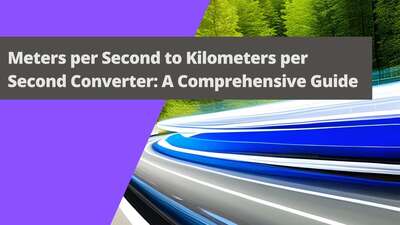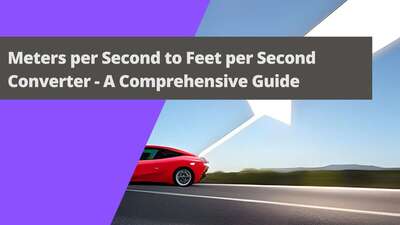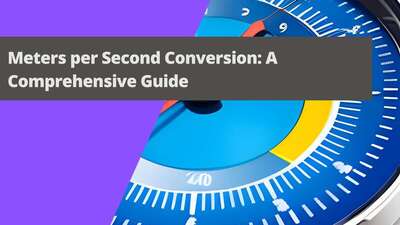Coordinates converter
Are you looking for a coordinates converter? So just stop looking, because you have found it now! Welcome to the world of coordinates conversion. A conversion that is easy, quick, and effortless. Don’t you believe us? We are going to prove it to you. We have clear evidence for it.
Coordinates conversion is one of the conversions which are a little bit more complicated. To make, for instance, Polar coordinates to Cartesian x,y coordinates conversion it is needed to make quite complex calculations in a few steps. And calculations like these can take a lot of time and be tiring.
But don’t worry, you don’t have to make it this way. Coordinates conversion can take less than a minute and be easier than you have ever thought. Everything thanks to the coordinates converter which we want to introduce to you.
But before we make it, let’s focus on a little bit of a theory and know better the Cartesian x,y coordinates, and Polar coordinates.
Cartesian x,y coordinates
Cartesian x,y coordinates are in fact part of the Cartesian coordinate system. It is one of 2 systems of coordinates that we are going to discuss in this article. As you may know, it is a system used in a plane. In a wider sense, the Cartesian coordinate system is just used in geometry.
The Cartesian coordinate system is used to specify each point of the plane in a unique way. To make it, the Cartesian x,y coordinates are used. They are a combination of 2 numbers. In other words, the Cartesian x,y coordinates create a pair composed of numerical coordinates.
Each of the coordinates defines how far a specific point is from the 2 perpendicular lines, which are called axes. They meet together at their origin, determined at a point (0,0). So to make it clear – the first coordinate defines how far is the specific point from the x-axis, and the second coordinate defines how far is the same point from the y-axis.
The Cartesian x,y coordinates can be used to specify points not only when it comes to the two-dimensional space, but also to specify points in three-dimensional space. The only difference is that in three-dimensional space will be used three Cartesian coordinates, not only two.
The rule which is given above also refers to more dimensional spaces. Only one thing you need to remember is how many dimensions will have space, so many coordinates you will need to specify a point.
A little tidbit – the Cartesian coordinate system was invented in the 17th century by Rene Descartes, the French philosopher, mathematician, and scientist. His name was Latinized and that’s why this system is called “Cartesian” now.
So now let’s see the difference between Cartesian x,y coordinates, and Polar coordinates.
Polar coordinates
Polar coordinates, like the Cartesian x,y coordinates, are a part of a system too. This time it is the Polar coordinate system. But it is a totally different system than the previous one. There are definitely more differences than similarities.
The Polar coordinate system specifies each point on a plane differently. It means the points are not specified with the use of a pair of numbers, where both of them mean the length. Polar coordinates are a combination of two numbers, where only one of them means the length. The second means the angle.
The Polar coordinate which measures length is called the radial coordinate, radial distance, or, as simply as possible, just radius. In turn, the Polar coordinate which measures angle is called the angular coordinate, polar angle of azimuth.
In the Polar coordinate system, there is also no origin. The reference point is called differently, as a pole. And from this pole is measured the aforementioned length and angle.
The Polar coordinates are not so popular as Cartesian x,y coordinates. Why? The Polar coordinates are used mostly in these cases, where the phenomenon is closely connected with length and direction from a center point of a plane, that is from the pole.
And a little tidbit at the end of this part – the Polar coordinate system was also introduced in the 17th century. To be more precise, in that century was introduced the concept of this system by Grégoire de Saint-Vincent and Bonaventura Cavalieri. But the term “Polar system” which we use nowadays is attributed to Gregorio Fontana, an Italian mathematician.
You know a little bit of a theory now, so it is time to move on to the main part of this article. It is time to know the secret of a quick, easy and effortless way to make Cartesian x,y coordinates to Polar coordinates conversion or, in turn, the Polar coordinates to Cartesian x,y coordinates conversion. Let’s move on.
Coordinates converter – make a conversion easily
Cartesian x,y coordinates to Polar coordinates conversion or Polar coordinates to Cartesian x,y coordinates conversion – regardless of which type of conversion you need today to make, we have for you something special. Something thanks to which you will be able to forget about tiring, difficult calculations once and for all. What are we talking about?
We want to introduce an online conversion tool between Polar and Cartesian coordinates and vice versa. What is it? How does it work? What are the advantages of it? We hurry up with an explanation.
Our online conversion tool between Polar and Cartesian coordinates is a specially programmed web app. It contains both Cartesian x,y coordinates to Polar coordinates conversion formula and Polar coordinates to Cartesian x,y coordinates conversion formula. It is also equipped with an advanced calculation algorithm.
Thanks to all these things our coordinates converter can convert any pair of coordinates from one system to another. And makes it in less than a second!
To make a conversion with the use of an online conversion tool between Polar and Cartesian coordinates, you need only to enter the data, that is the 2 numbers, pick the system from which this data is, and then click the ‘calculate’ button. That’s it. Then your result will be shown on a screen. Could it be easier? We don’t think so. And all this for free!
Try our coordinates converter for free and enjoy easy, or even effortless coordinates conversion. Regardless if you need to make Polar coordinates to Cartesian x,y coordinates conversion or Cartesian x,y coordinates to Polar coordinates conversion.
Are you interested in geometry at all? What about learning more about angles? Check our article and see that also the angle conversion can be easy!
Do you need to make coordinates conversion so you are looking for a coordinate converter? So just stop looking, cause you have found it! Click here to enjoy easy and accurate coordinates conversion.









